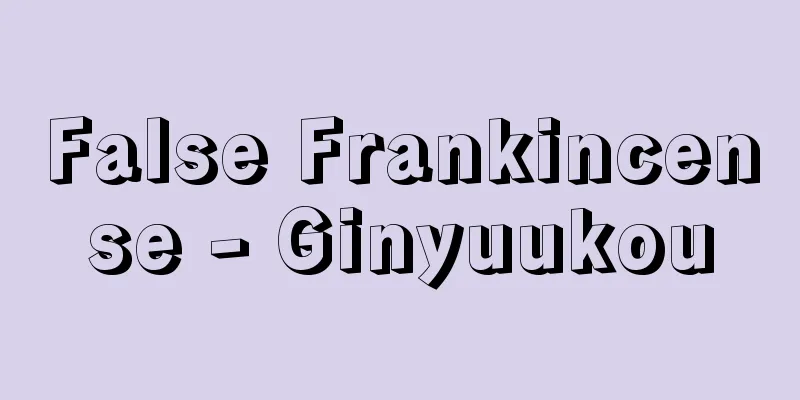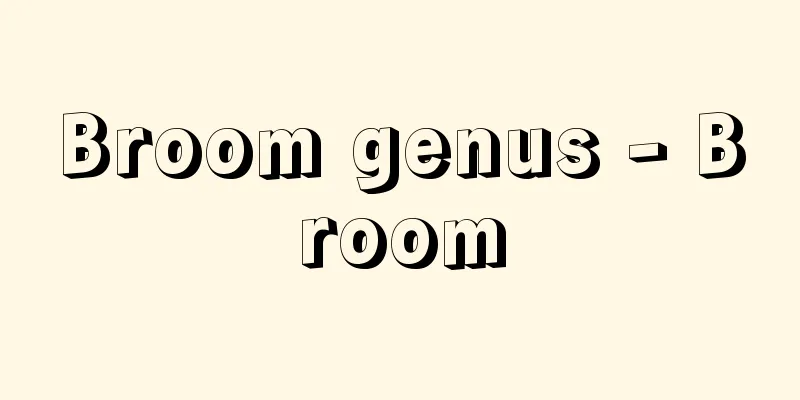Discussion book - Dangibon

|
This refers to a group of humorous books published from the middle of the Kyoho era (1716-1736) to the An'ei and Tenmei eras (1772-1789) that aimed to educate the common people and to point out and describe various subtle flaws in social customs in a humorous way. The basic format was a book with four to five volumes on half-sized paper with an indigo blue cover. In its early days, it was part of a movement to educate the children of the common people in accordance with Tokugawa Yoshimune's Kyoho reform politics, and took the form of moralistic fables inspired by social criticism in Masuho Zanko's Endo Tsugan and Issai Chozan's Inaka Souji. However, with Jokanbo Koa's Imayoheta Dangi (Today's Understood Discussions) (1752), the style of oral Buddhist discussions was adopted and a wide range of mundane, everyday topics were covered. The humorous content and expressions were well received and the works became popular, mainly in Edo, and came to be known as dangihon. This was followed by works such as "Sentō Shinwa" by Ito Tanboku, but before long the content shifted from moral teaching to digging into the general state of society, increasing the humor in this work and becoming the basis for the world of humorous books. It was also the starting point of late Edo novels. [Mitsutoshi Nakano] “Gisaku Kenkyu” by Mitsutoshi Nakano (1981, Chuokoronsha) [Reference] |Source: Shogakukan Encyclopedia Nipponica About Encyclopedia Nipponica Information | Legend |
|
享保(きょうほう)(1716~36)のなかばごろから安永(あんえい)・天明(てんめい)(1772~89)ごろまで、主として庶民教化を看板に掲げて、種々の社会風俗の微細な欠陥を笑いを交えて指摘し、描写するのを旨とした滑稽本(こっけいぼん)の一群をいう。基本型は半紙本四冊から五冊の藍色(あいいろ)表紙。初期は徳川吉宗(よしむね)の享保の改革政治に従った庶民童蒙(どうもう)教化運動の一端として位置し、増穂残口(ますほざんこう)の『艶道通鑑(えんどうつがん)』による世相批判や佚斎樗山(いっさいちょざん)の『田舎荘子(いなかそうじ)』に発する教訓寓話(ぐうわ)の形式をとるが、静観坊好阿(じょうかんぼうこうあ)作『当世下手(いまようへた)談義』(1752)によって仏教談義の舌講調が文章に採用され、世俗卑近の話題が豊富に取り上げられるに至って、その滑稽な内容と表現は大いに歓迎されて江戸を中心に流行し、談義本の名がある。さらに伊藤単朴(たんぼく)作『銭湯新話(せんとうしんわ)』などが続くが、やがて内容の教訓性よりも世相一般の穴探しのほうへと趣向が移り、ますます滑稽性を増大させて、滑稽本の世界を生み出す母体となる。後期江戸小説の出発点でもある。 [中野三敏] 『中野三敏著『戯作研究』(1981・中央公論社)』 [参照項目] |出典 小学館 日本大百科全書(ニッポニカ)日本大百科全書(ニッポニカ)について 情報 | 凡例 |
>>: Short-term insurance/long-term insurance
Recommend
King's Meeting - Oukai
…meaning “the king’s assembly” in Latin, it was a...
Argentan lace (English)
…At that time, Tenerife, a Canary Island off the ...
Sun image - Nichizo
Year of death: Kōei 1/Kōkoku 3.11.13 (1342.12.11) ...
Skärholmen (English spelling)
... The construction of new cities was also thriv...
Atsuguma - Atsuguma
... The Japanese badger subspecies, M. m . anakum...
Bronze sword
Bronze swords. They can be broadly divided into t...
Grace, P. (English spelling) GraceP
...Their representative works include "The N...
Inaba Province - Inaba no Kuni
The former name of the eastern half of Tottori Pr...
Iputo Isuto - Iputo Isuto
…The largest temple in ancient Egypt, known as Ip...
Fire faction - Kakaha
…In 1614 (Keicho 19), Rippoji Temple in Musashi F...
Artemisia major - Artemisia major
…These species are characterized by the lack of h...
Liquid phase absorption reduction method
… [Wet denitrification technology] Most of the we...
Movie music
Music is one element of the overall art of film. ...
Liquid Compass - Stationary Compass
…Magnets with strong magnetic force cannot be use...
aspidin
…The carapace of the head is called the carapace,...









